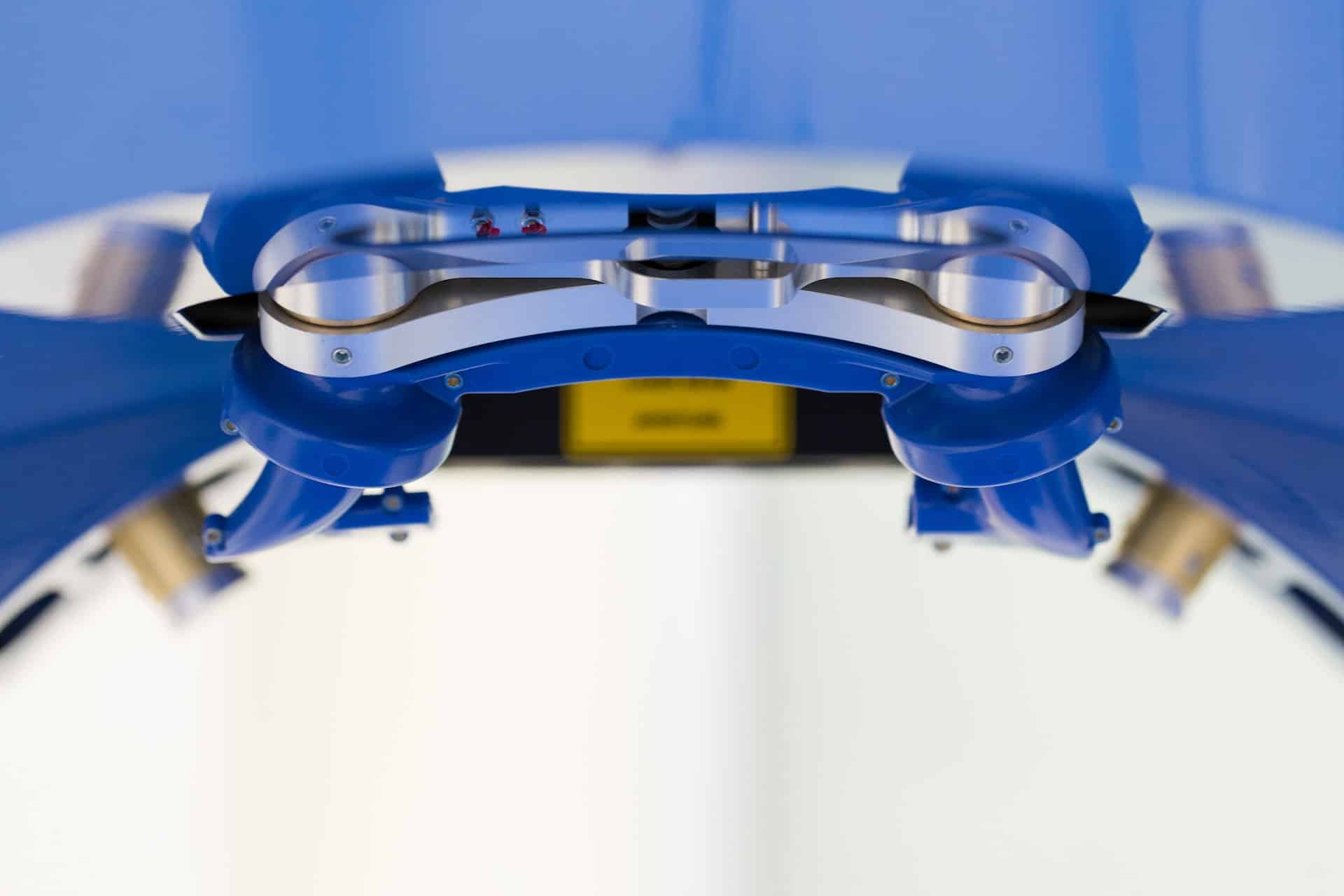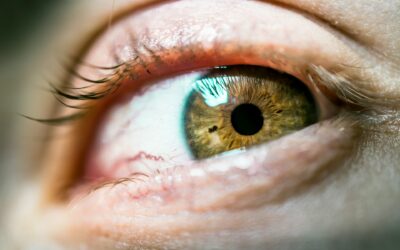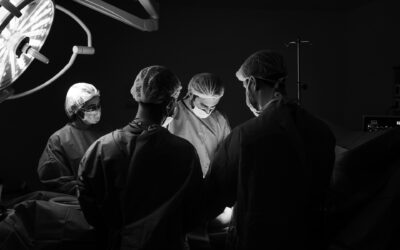Many people have heard of LASIK surgery as an option to correct vision and no longer need glasses, however, there are two other similar procedures that can provide the same outcome. LASIK, PRK, and SMILE surgery all offer the ability to correct vision and reduce the need for glasses or contacts. Each of these procedures uses a different technique to alter the cornea and adjust the focusing power of the eyes. There are unique benefits to each of these procedures that may cause one to be the best option over the others.
What is Refractive Surgery?
Refractive surgery is the term that encompasses any surgery that is done for the purpose of eliminating the need or dependence on glasses or contact lenses.
Most refractive surgery involves a laser alteration of the shape of the front of the eye.
Each of LASIK, PRK, and SMILE are laser-based refractive surgeries.
What is LASIK?
LASIK, or laser-assisted in situ keratomileusis, uses an ultraviolet laser to open a flap on the front of the cornea called the epithelium.
This flap is then pulled back to expose the corneal stroma. It is within the corneal stroma that another laser will then remove a set amount of tissue to account for the prescription that needs to be neutralized.
Once the tissue is removed, the flap of the epithelium is replaced and sealed down.
The procedure is able to correct nearsightedness, farsightedness, and astigmatism with this process.
Advantages and Disadvantages of LASIK
LASIK is considered to have the quickest recovery of any form of refractive surgery. Usually, the day after the surgery, the vision will be near 20/20 or better already.
There is no pain or discomfort associated with either the procedure or the recovery from LASIK.
The biggest disadvantage of LASIK centers on the need to cut the epithelium flap. Cutting this flap will cause dryness and a lack of tearing.
This dryness can persist for months to years after the procedure and may impact vision if it is not treated.
What is PRK?
PRK, or photorefractive keratotomy, uses a chemical to remove an area of the corneal epithelium and expose the corneal stroma.
Once the stroma is exposed, it can be altered in the same way as LASIK. However, there is no flap and the cornea is fully exposed even after the procedure.
To cover the open cornea, a bandage contact lens is applied and worn for the first few days after the surgery.
Advantages and Disadvantages of PRK
For PRK, the recovery time is much longer than any other refractive surgery. The exact amount of time will vary depending on how one heals but it can take months to achieve the best vision.
There is also a significant amount of pain and discomfort associated with the recovery from PRK.
While the recovery is longer, PRK can be performed in many more cases because the entire front surface is removed and any problem on the front surface will be eliminated.
There is also less tissue removed in PRK, allowing higher prescriptions to be corrected.
What is SMILE?
SMILE laser surgery uses a special laser to etch the corneal stroma without opening the corneal epithelium.
Once the stroma is loosened, a small incision is made, and the tissue is pulled out of the incision site.
The incision is similar to the LASIK flap but much smaller and heals quicker.
Advantages and Disadvantages of SMILE
SMILE is growing in popularity due to the fact that it has similar efficacy and recovery to LASIK with much less dry eye issues long-term.
However, SMILE has a more limited range of prescriptions that can be corrected with the procedure at this time.




